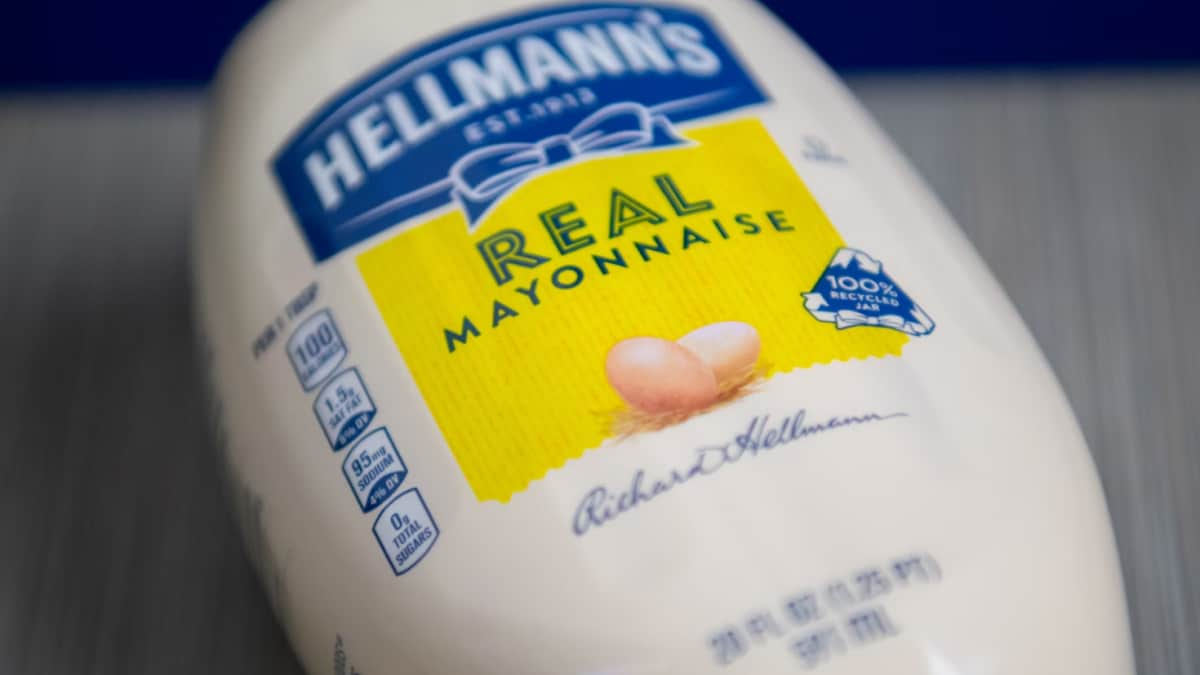Scientists use mayonnaise to study the behavior of nuclear fusion material

Mayonnaise, a staple condiment often found on sandwiches, is unexpectedly becoming a tool for scientists studying nuclear fusion. The unique behavior of mayonnaise, which can transition from elastic to plastic, provides valuable insights into how materials react under the extreme conditions required for fusion. When the mayonnaise is gently shaken, it returns to its original shape and exhibits an elastic behavior similar to an elastic band. However, when subjected to vigorous movements, it acquires a plastic character, permanently changing its shape.
The process of nuclear fusion
Nuclear fusion, the process by which lightweight atoms fuse to release energy, requires precise control and understanding of the materials involved. Researchers aim to ignite fusion reactions that produce more energy than they consume. Last December, scientists at Lawrence Livermore National Laboratory in California discovered reaches this by firing 192 lasers into a small fuel chamber, resulting in fusion reactions that produced excess energy.
Challenges in studying material behavior
A crucial challenge in fusion experiments lies in studying material behavior under extreme conditions. The fuel capsule, which contains the gaseous fuel, behaves the same as mayonnaise when heated. When melting it changes from elastic to plastic; if it becomes plastic too quickly, the gas can escape, hindering the fusion process.
Innovative experiments at Lehigh University
To investigate these dynamics, mechanical engineers Aren Boyaci and Arindam Banerjee of Lehigh University conducted experiments with mayonnaise. They created a setup in which blobs of mayonnaise were spun in a wheel, simulating the interaction between the molten capsule and gaseous fuel. By observing the behavior of the mayonnaise during and after spinning, they determined the threshold between its elastic and plastic states.
The future of fusion energy
While the use of mayonnaise in research may raise eyebrows at the grocery store, its application in understanding material properties holds promise for the advancement of nuclear fusion technology. As scientists continue to explore innovative approaches, the simple seasoning could contribute to breakthroughs in energy generation.




